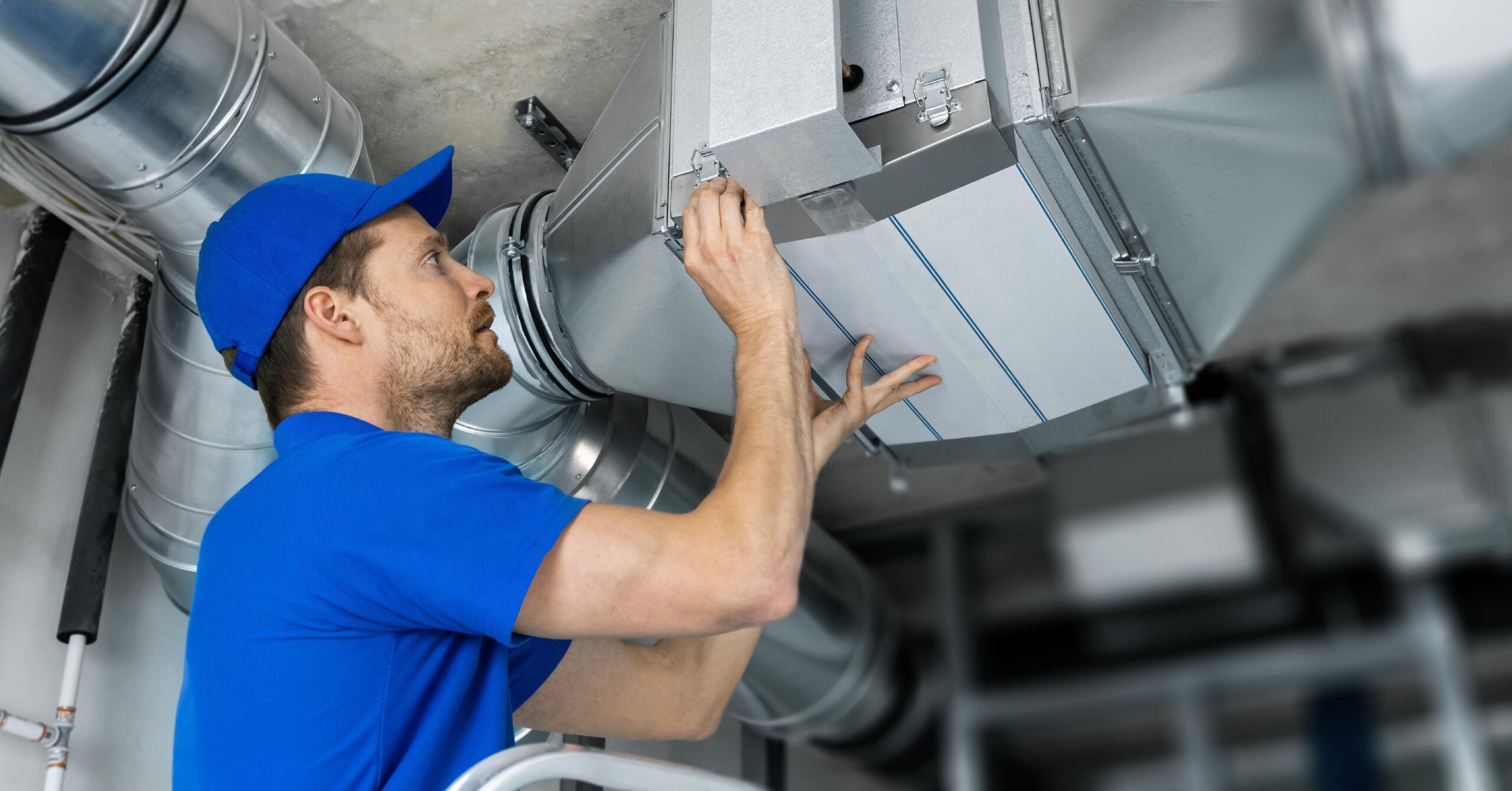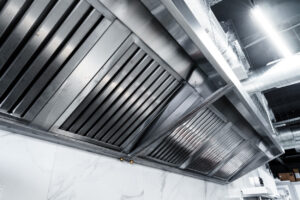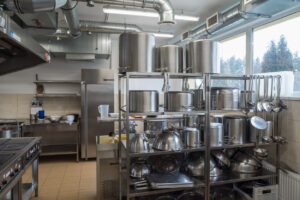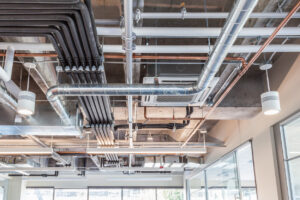
Prepare Your HVAC System for Spring: Essential Maintenance Tips
April 23, 2024
As we transition from the cold of winter to the warmth of spring, it’s time to ensure that our HVAC systems are ready for the change in seasons. For property managers, building owners, and management companies, this means staying proactive with HVAC maintenance to ensure the comfort, safety, and efficiency of their buildings.
Whether you’re looking to enhance safety measures, minimize liability risks, or streamline operations, SafeCare® is here to support you every step of the way. So, let’s roll up our sleeves and explore the world of HVAC maintenance, where informed choices lead to enhanced safety, reduced costs, and peace of mind for all involved.
Understanding HVAC Spring Maintenance
Spring maintenance for HVAC systems is more than just a routine task—it’s a critical aspect of ensuring the longevity, efficiency, and reliability of your heating and cooling systems. As the seasons transition, HVAC systems undergo significant shifts in workload and environmental demands. Spring marks the ideal time to address any issues that may have arisen during the colder months and to prepare the system for the upcoming warmer weather.
By conducting thorough maintenance during the spring, property managers, building owners, and management companies can proactively identify and address potential problems before they escalate into costly repairs or system failures. This proactive approach not only helps to extend the lifespan of HVAC equipment but also contributes to improved energy efficiency and indoor comfort.
Impact of Neglecting Maintenance on System Efficiency and Longevity
Neglecting spring maintenance for HVAC systems can have far-reaching consequences that impact both the performance and longevity of the equipment. Without regular maintenance, HVAC systems are more prone to malfunctions, breakdowns, and inefficiencies, which can result in higher energy bills, uncomfortable indoor temperatures, and increased risk of system failure.
Furthermore, neglecting maintenance may lead to accelerated wear and tear on system components, ultimately shortening the lifespan of the equipment. Over time, this can necessitate costly repairs or premature replacement of HVAC systems, placing an additional financial burden on property managers and building owners.
Spring HVAC Maintenance Checklist
To ensure that HVAC systems are adequately prepared for the spring and summer seasons, it’s essential to follow a comprehensive maintenance checklist. This checklist encompasses a range of tasks designed to address common issues and optimize the performance of HVAC equipment.
1. Replace Air Filters
Start by replacing the air filters in your HVAC system. Over time, air filters can become clogged with dust, debris, and allergens, restricting airflow and reducing system efficiency. Regularly replacing air filters helps to maintain indoor air quality, improve system performance, and extend the lifespan of your HVAC equipment.
2. Remove Unit Covers
If you’ve covered your outdoor HVAC units during the winter months, now is the time to remove the covers. Operating HVAC systems with covers in place can restrict airflow and lead to overheating, potentially causing damage to the equipment. Remove any covers and ensure that outdoor units are free from obstructions.
3. Clean Around AC Unit
Take the time to clean the area around your outdoor air conditioning unit. Remove any leaves, debris, or vegetation that may have accumulated during the winter. Ensure that there is at least two feet of clearance around the unit to facilitate proper airflow and ventilation.
4. Check Air Conditioner Refrigerant Lines
Inspect the refrigerant lines of your air conditioning system for signs of damage, such as leaks or cracks. Refrigerant leaks can compromise system efficiency and lead to reduced cooling capacity. If you notice any damage to the refrigerant lines, contact a qualified HVAC technician for repairs.
5. Testing the Thermostat
Test the operation of your thermostat to ensure that it is functioning correctly. Verify that the temperature readings are accurate and that the thermostat responds appropriately to adjustments. If you encounter any issues with your thermostat, consider calibrating or replacing it to maintain precise temperature control.
6. Make Your AC Smart
Consider upgrading to a smart thermostat or AC controller to enhance energy efficiency and convenience. Smart thermostats offer features such as programmable schedules, remote access, and energy-saving algorithms, allowing you to optimize your HVAC system’s performance while reducing energy consumption.
7. Clearing the Drainage Hole
Clean out the drainage hole or condensate drain of your air conditioning system to prevent water buildup and potential moisture-related issues. Use a pipe cleaner or small brush to remove any debris or blockages from the drainage hole, ensuring proper drainage and preventing water damage.
8. Cleaning the Vents
Clean the vents and registers throughout your building to remove dust, dirt, and allergens. Blocked or dirty vents can impede airflow and reduce system efficiency, leading to uneven heating or cooling and decreased indoor air quality. Use a vacuum or damp cloth to remove any buildup from the vents.
9. Schedule an HVAC Spring Maintenance Appointment
Finally, consider scheduling a professional HVAC maintenance appointment to ensure that your heating and cooling systems are thoroughly inspected, tuned up, and serviced. Professional maintenance helps to identify and address any issues early, ensuring optimal system performance and reliability throughout the season.
By following this comprehensive spring HVAC maintenance checklist, property managers, building owners, and management companies can take proactive steps to ensure the comfort, efficiency, and longevity of their HVAC systems. Remember, investing in maintenance now can save you time, money, and headaches down the road.
The Benefits of Proactive HVAC Spring Maintenance
Investing in proactive HVAC spring maintenance offers a multitude of benefits, including:
- Improved Energy Efficiency and Reduced Utility Bills: Regular maintenance tasks optimize system efficiency, leading to lower energy consumption and reduced utility costs over time.
- Extended Lifespan of HVAC Equipment: Addressing minor issues early can significantly prolong the lifespan of your HVAC equipment, saving you from premature replacements and costly repairs.
- Enhanced Indoor Air Quality and Comfort: By removing allergens, pollutants, and excess humidity, routine maintenance tasks contribute to improved indoor air quality and comfort for building occupants.
- Prevention of Costly Repairs and Breakdowns: Proactive maintenance helps identify and address potential issues before they escalate into costly repairs or system failures, minimizing unexpected downtime and repair expenses.
- Contribution to Environmental Sustainability: Efficient HVAC systems, achieved through regular maintenance, reduce energy consumption and greenhouse gas emissions, contributing to environmental sustainability and demonstrating a commitment to green practices.
By prioritizing proactive HVAC spring maintenance, property managers and building owners can enjoy the long-term benefits of improved performance, reduced costs, and a healthier indoor environment for occupants.
Importance of Professional HVAC Maintenance
While DIY maintenance tasks can be beneficial for homeowners and property managers, there are certain aspects of HVAC maintenance that are best left to the expertise of certified technicians. Professional HVAC technicians undergo extensive training and certification to effectively assess and diagnose HVAC systems. They have the expertise to identify potential issues that may go unnoticed during DIY maintenance, ensuring comprehensive system evaluation.
HVAC maintenance often requires specialized equipment and tools that may not be readily available to DIY enthusiasts. Professional technicians are equipped with the necessary instruments to accurately diagnose and address HVAC system issues.
Following manufacturer recommendations and guidelines is crucial for maintaining system efficiency and longevity. Professional technicians are well-versed in manufacturer specifications and can ensure that maintenance procedures are carried out in accordance with warranty requirements.
By entrusting HVAC maintenance to certified technicians, property managers and building owners can benefit from:
- Peace of Mind: Knowing that their HVAC systems are in the hands of qualified professionals provides peace of mind and confidence in system reliability.
- Optimized Performance: Professional maintenance leads to optimized system performance, improved energy efficiency, and enhanced indoor comfort for occupants.
- Long-Term Cost Savings: While professional maintenance may incur up-front costs, it can result in long-term cost savings by preventing costly repairs, minimizing energy consumption, and extending the lifespan of HVAC equipment.
Prioritize HVAC Preventative Maintenance with SafeCare®
At SafeCare®, we understand the importance of keeping your commercial spaces safe, comfortable, and efficient year-round. With our comprehensive safety services, including HVAC maintenance, we aim to provide you with peace of mind and confidence in your property’s systems.
From enhancing indoor air quality to reducing energy consumption, regular HVAC maintenance plays a key role in ensuring the safety and comfort of your occupants. By partnering with SafeCare®, you’re not just investing in maintenance—you’re investing in the longevity and reliability of your property’s HVAC systems.
Ready to take the next step in HVAC preventative maintenance? Contact SafeCare® today to schedule a consultation with our team of experts. We’ll work with you to develop a customized maintenance plan tailored to your property’s specific needs and budget. Learn more about what SafeCare® has to offer.


